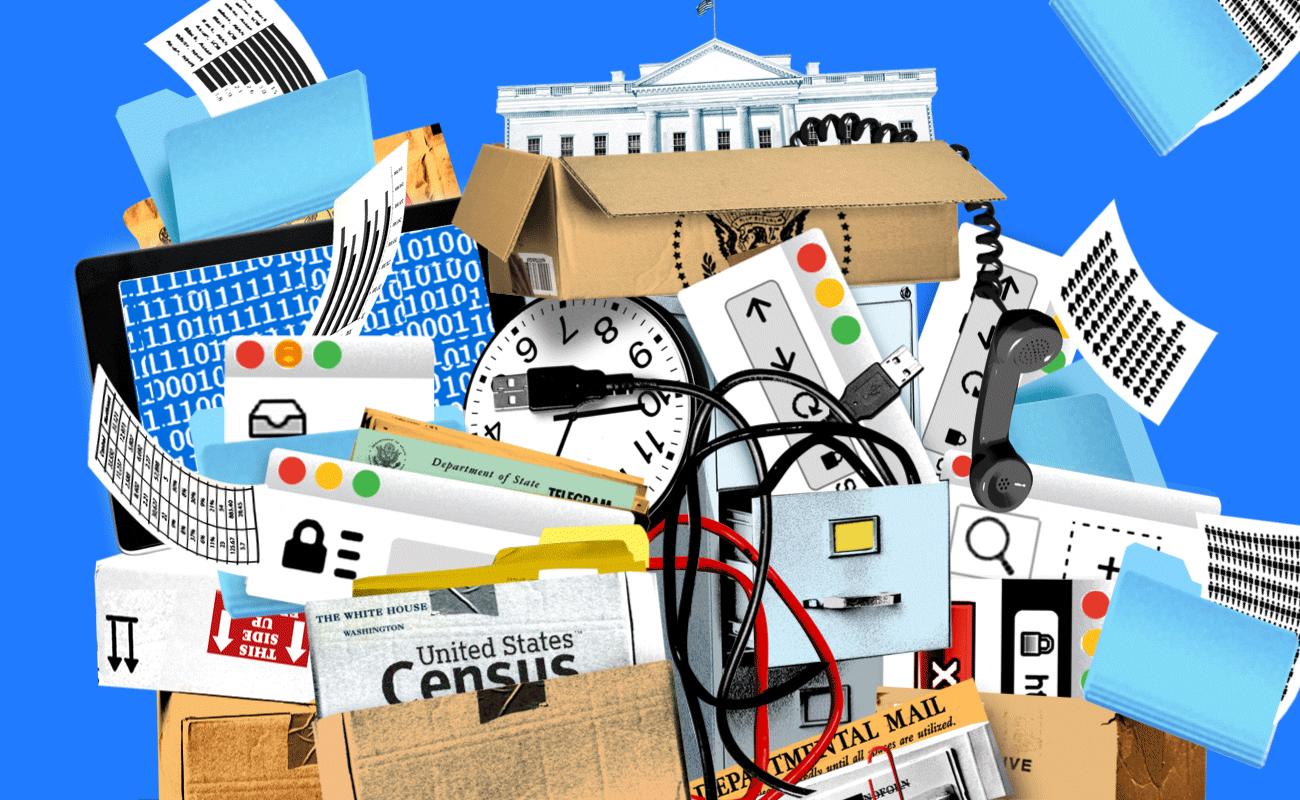Data annotation is an important technique that enables computers to interpret and understand data such as images, audio, text, etc. It involves adding labels to data so that computers can understand the content of these data. These labels, which can be words, numbers or images, provide information about the data and allow computers to recognize and understand the patterns and structures in the data.
The role of data annotation:
The main role of data annotation is to provide training data for machine learning and deep learning algorithms. In order for the model to accurately identify and classify data, a large amount of labeled data is required to train the model. Data annotation can provide these marked data, and can add different labels and marks to the data according to the needs.
The importance of :

Data annotation enables computers to learn about the patterns and content of data, enabling automatic analysis and identification. It can help computers achieve a certain degree of “intelligence”, which can automatically recognize the content of images, recognize the theme of text, remember the pattern of sounds, etc. Data labeling is fundamental to machine learning because it allows computers to analyze, understand and process data more intelligently.
How to label data?
The process of data labeling includes four steps: first, the data to be labeled needs to be collected; second, the corresponding labels must be defined so that the computer can understand the content of the data; third, the data needs to be labeled, and the defined Labels are added to the corresponding data; finally, the results of the labeling are checked to ensure the accuracy and reliability of the labeling.
1. Data collection:
First, you need to collect the data that needs to be labeled, which can be text, images, voice or video, etc.
2. Formulation of labeling rules:
Formulate labeling rules and labels, and determine labeling formats and requirements.
3. Preparation of labeling tools:
Prepare labeling tools, such as labeling software, labeling interface, label vocabulary, etc.
4. Data labeling:
Label according to the labeling rules and labels.
5. Labeling verification:
verify the labeling results to ensure the quality of labeling.
6. Data export:
After the labeling is completed, the data will be exported for subsequent use.

Note: Multiple iterations may be required during the data labeling process to ensure the accuracy and completeness of the labeling.

Where can data annotation be used?
Data annotation can be used in various fields, such as machine vision, natural language processing, speech recognition, machine learning, etc. Taking machine vision as an example, it requires labeling the captured image so that the computer can understand the content in the image, such as object category, color, size, orientation, etc. Similarly, in the field of natural language processing, it is required to label words and sentences in the text so that the computer can recognize the theme and meaning of the text and make corresponding responses based on these labels.
In addition, data annotation can also be applied to the field of speech recognition. Here it is required to mark the audio file as the corresponding voice, so that the computer can recognize the words spoken by the speaker, so as to realize human-computer interaction. Similarly, data annotation can also be applied in the field of machine learning, which can help computers automatically recognize patterns in data and make accurate predictions based on these patterns.
